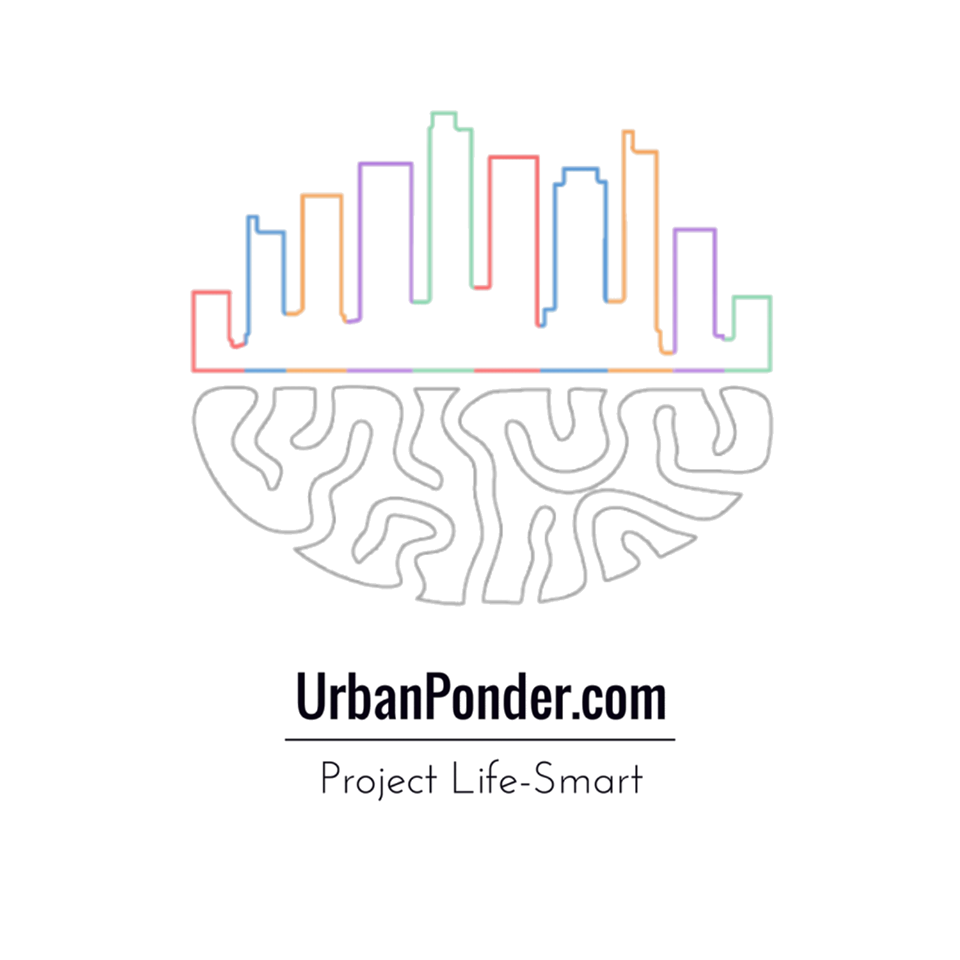Michelle Goldberg, a columnist for Slate, wrote recently about a so-called national nervous breakdown, pertaining to Trump-induced anxiety suffered by a number of Americans. More and more patients, it appears, are checking with their therapists regarding problems with insomnia, jitteriness, nightmares, headaches, digestive problems, chest tightness, and other such anxiety-induced problems that they attribute to their worries about the upcoming election. For someone who rarely experiences anxiety, it all smells smack of alarmism. But then again, one is forced to look back to our past as a human race and is compelled to reconsider. As one anxiety patient who comes from a family of Holocaust survivors puts it,
“it feels to her like all the stories she heard from her grandparents about how things feel normal and then all of the sudden, oh my God, here we are.”
Just how vulnerable are we to the evil tendencies of our fellow men? To the power vested in our own government? To put things into perspective, let’s take a look back at some of the most horrendous evil acts committed against mankind. Let’s allow history to bear witness to human’s evil tendencies.
Holocaust
One of the key figures of the Holocaust was Josef Mengele, a physician who worked at the Auschwitz concentration camp. He was one of the notorious physicians who carried out tortuous, extensive “medical” experiments on human subjects. Among his methods were amputations, surgeries, injecting chemicals into children’s eyes, freezing human subjects, and many others.
Vera Alexander, a Jewish inmate who looked after sets of Romani twins who were among the human subjects for medical experiments at Auschwitz, recounts a harrowing experience:
“I remember one set of twins in particular: Guido and Ina, aged about four. One day, Mengele took them away. When they returned, they were in a terrible state: they had been sewn together, back to back, like Siamese twins. Their wounds were infected and oozing pus. They screamed day and night. Then their parents—I remember the mother’s name was Stella—managed to get some morphine and they killed the children in order to end their suffering.”
The medical experiments carried out on Romani twins were among the countless unimaginable crimes committed during the Nazi regime – a regime that left many innocent lives vulnerable to the unbridled violence of their despotic rulers.
The Holocaust was the systematic, state-sponsored murder of about six million Jews and five million non Jewish victims by Adolf Hitler’s Nazi Germany and its collaborators … all in the name of ethnic cleansing. They believed the Aryan race was superior and should be rid of impurities, which in their view included the Jewish and the mentally or physically handicapped, among others. There were an estimated 200,000 perpetrators and millions of others who condoned the horrendous crimes. With all the branches of the German bureaucracy directly or indirectly involved in the systematic killings, the government was effectively turned into what Holocaust scholar, Michael Berenbaum, aptly called “a genocidal state”.
“Every arm of the country’s sophisticated bureaucracy was involved in the killing process. Parish churches and the Interior Ministry supplied birth records showing who was Jewish; the Post Office delivered the deportation and denaturalization orders; the Finance Ministry confiscated Jewish property; German firms fired Jewish workers and disenfranchised Jewish stockholders.”
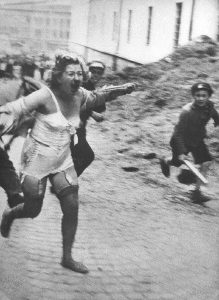
The systematic killings of millions were mostly carried out through state-sponsored gassing at concentration camps, execution, and extreme work under squalid starvation conditions. But many, and probably among the most shocking, killings were carried out by common people on the streets … sometimes by neighbors. A good number of Jews were forced out of their homes and their businesses by their own neighbors, not before they were forced to strip of all their valuables, including the clothes they were wearing. Even their teeth were extracted! Many of the Jews at the time owned thriving businesses and were well-represented in professional fields like Law and Medicine. They enjoyed relative wealth that many opportunists were only too eager to plunder. More than just the looting, murders and heinous crimes were being carried out on the streets by common people.
Happening barely 70 years ago, the Holocaust is one of the most defining events in the modern world. Many of its victims and perpetrators are still alive to this day, nursing memories and wounds of the past. The barbarism of the Holocaust easily makes us question whether our civilization is as advanced as we think it is. More so because it happened in Germany, one of the known advanced societies of its time. The Holocaust was a shocking phenomenon that saw ordinary people committing or condoning crimes beyond our wildest imagination. It revealed how even the most advanced of countries are only one leader or a few circumstances away from turning into a barbaric killing field.
Holodomor
Yet another man-made catastrophe racked the modern world in the first half of the 20th century – the Holodomor. Literally meaning ‘the Hunger’, the Holodomor was a man-made famine that caused unimaginable suffering in the former Soviet Republic of Ukraine, resulting to a death toll that far surpasses that of the Holocaust. The widespread starvation had millions of people dropping dead on the streets, dying and rotting in their homes, and people getting so desperate they resorted to eating their own children! Cannibalism had become commonplace, and women had resorted to trading sexual favors for food.
Andriy Melezhyk offered his account of a mother eating her own child. Kulina Bondar had a five-year-old daughter named Vaska. One week after her husband left to search for food, she died of starvation. Wondering where the young Vaska was, neighbors searched the family’s home for the child. They found a pot containing boiled lungs, heart, and liver. They also found fresh salted meat in the warming oven. In the cellar, they found tiny feet and hands … and little Vaska’s head. This is only one of many such accounts.
“People were lying everywhere as dead flies. The stench was awful. Many of our neighbors and acquaintances from our street died.
… collected gley from the trees and ate it, ate sparrows, pigeons, cats, dead and live dogs. When there was still cattle, it was eaten first, then – the domestic animals. Some were eating their own children, I would have never been able to eat my child. One of our neighbours came home when her husband, suffering from severe starvation ate their own baby-daughter. This woman went crazy,” – personal account by Olexandra Rafalska, Zhytomir.”
The then leader of the Soviet Union, Joseph Stalin, was instrumental in causing the series of events that eventually led to the intentional purging of millions of people. An estimated 7 million people died from the man-made famine. These people died from starvation in their homeland in Ukraine, the breadbasket of Europe. They were refused access to food that they themselves had grown. Secret policemen and soviet troops raided their villages, taking their harvests and the food in their homes. Wealthy farmers, the Kulaks, were thrown out of their homes and sent to the wilderness of Siberia, where many died because of the frigid living conditions. Others fell victim to massacre, rape, interrogation, detention, and forced labor.
Backed by young Communists, Stalin devised the Great Turn, where he seized lands, ordered peasants to work in collective farms, and sold a great portion of the grains abroad to finance his Five Year Plan of industrialization, turning Soviet Russia into a military superpower. One young communist declares, “I saw people dying from hunger, but I firmly believed the ends justified the means.” The Bolshevik Ukrainian boss, Petrovsky, had this to say about the tragedy: “We know millions are dying. That is unfortunate, but the glorious future of the Soviet Union will justify it.”
The Great Leap Forward and the Cultural Revolution
The Great Leap Forward
An even bigger man-made catastrophe took place in the second half of the past century. Mao Zedong’s Great Leap Forward campaign in China resulted to an estimated death toll of 20-43 million, also far surpassing that of the Holocaust. Just like the Stalin-led Soviet Union, Mao Zedong’s China was a one-party state governed by the Communist Party. More than just drawing from Soviet Union’s political system, communist China also mirrored many of the regime’s unspeakable tragedies. The Great Leap Forward resulted to the Great Chinese Famine that caused millions of deaths by starvation and other such grievous sufferings.
“People died in the family and they didn’t bury the person because they could still collect their food rations; they kept the bodies in bed and covered them up and the corpses were eaten by mice. People ate corpses and fought for the bodies. In Gansu they killed outsiders; people told me strangers passed through and they killed and ate them. And they ate their own children. Terrible. Too terrible.” – Yang Jisheng, author of Tombstone
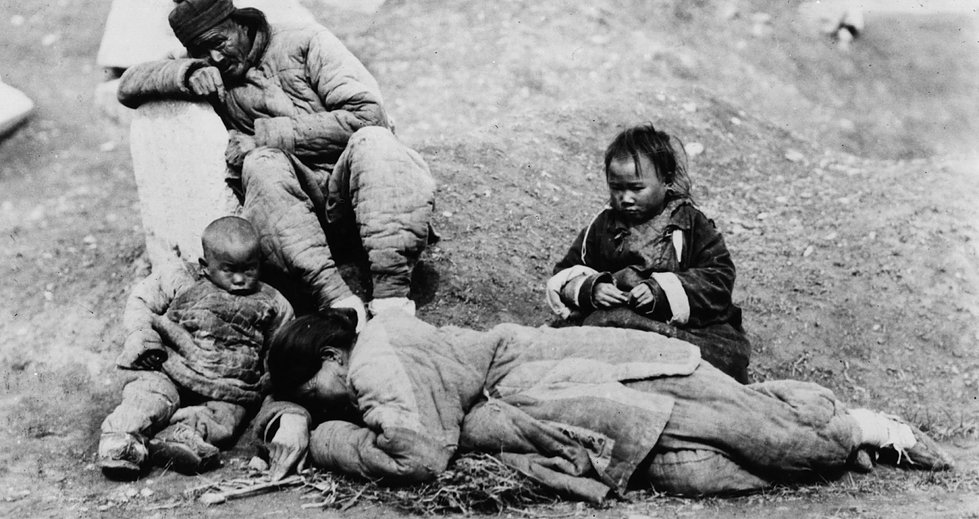
Yang Jisheng, a well-known veteran journalist in China and a member of the Communist party, wrote the book “Tombstone” partly to serve as a memorial for an uncle who raised him like a son and who was one of those who died from starvation in 1959. Formerly a devout member of the Communist Party, Yang’s discovery of official secrets while working as a young journalist and the “awakening” that resulted from the 1989 Tiananmen massacre led to a change of heart. But nothing prepared him for what he would find in the course of researching for and writing the book – he didn’t know of the thousands of cases of cannibalism and of the farmers who were beaten to death. He wrote of a teenage orphan who killed and ate her own four-year-old brother, of thirteen children who begged officials for food but were instead dragged into the mountains where they died from starvation and exposure, of a village where all but one woman survived and not without losing her sanity, of people who were beaten, tortured or buried alive, all for stealing scraps, refusing to hand over what little food they had, angering the officials, or for declaring the actual amount of harvests they made and not the overblown figures the officials preferred to impress their leaders.
The book Tombstone is banned in China, where the Great Famine remains to be a taboo subject and continues to be euphemistically called the Three Years of Difficulties or the Three Years of Natural Disasters. In spite of the censor, many individual accounts have managed to seep through the cracks, appearing in books, publications, videos, and social media sites.
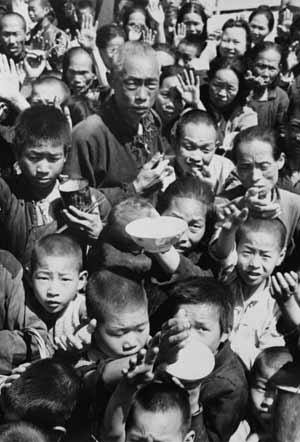
The Chinese communist party’s chairman, Mao Zedong, introduced state policies that resulted in the suffering of millions of people. During the Great Leap Forward, private ownership was prohibited and people were organized into communes. People no longer worked for themselves, but for the commune which owned everything and controlled every individual. Homes for the elderly, schools, nurseries, and communal kitchens were provided so that all adults could be freed up for work. Backyard steel furnaces were set-up so ordinary people could produce steel in their own backyards and contribute to the massive industrialization the country was trying to achieve. These efforts proved to be a catastrophic failure. The communes adopted close planting methods that were based on the Soviet Union’s fraudulent science, and eventually failed to produce ample yield. The backyard blastfurnaces took necessary manpower away from agriculture only to produce metals that were too brittle to be useful. Worse, people ended up melting useful implements like kitchen utensils and doorknobs to meet the quota set by the state.
Mao was eventually left with no choice but to admit that the Great Leap Forward was a failure, and was forced to leave the job of economic recovery to moderates like Zhou Enlai, Deng Xiaoping, and Liu Shaoqi. Mao sought to regain power though, resulting in yet another deadly catastrophe – the Great Proletarian Cultural Revolution of 1966-1976.
The Cultural Revolution
After the tragic failure of his Great Leap Forward policies, Mao Zedong unleashed the Cultural Revolution to get rid of opponents who were threatening to keep him on the sidelines. He called upon his supporters to join him in a revolution that served both to win back power for himself and to purport his belief in a continuous revolutionary process that would stave off so-called capitalist-roader ideas. People as young as elementary school students heeded his call, forming part of the infamous Red Guards.
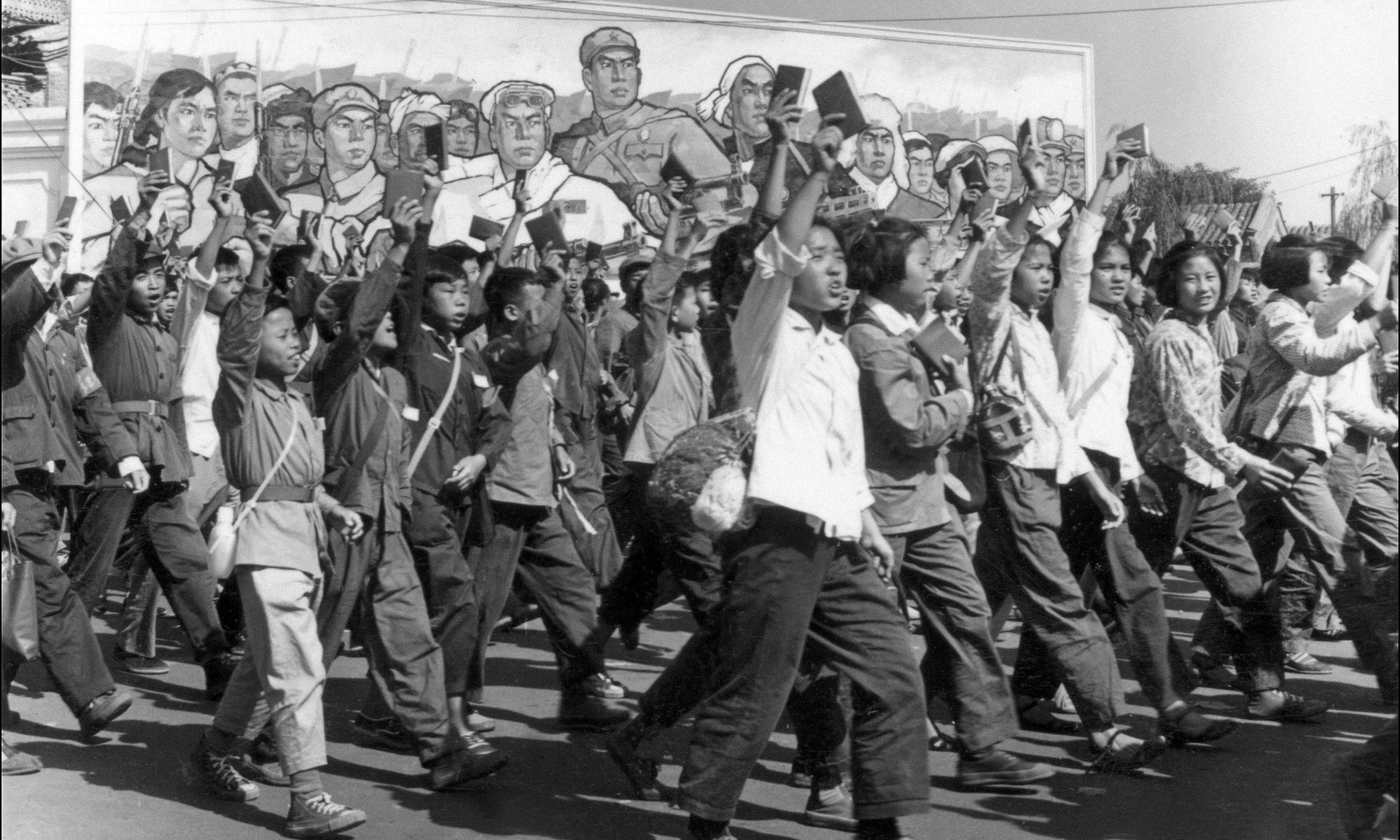
The early phases of the revolution were centered on the country’s schools. The Communist Party leadership made pronouncements in the summer of 1966 where they referred to educators as members of the exploiting classes that aimed to poison the students with their capitalist ideas.
On the fifth of August, a group of students at the high school affiliated with Beijing Normal University attacked their vice-principal, Bian Zhongyun. She was made to bang a dustbin lid while shouting, “I am an advocate of the capitalist way. I am a counter-revolutionary revisionist. I deserve to be beaten.” The punishment was meted out by first year high school girls in their eager display of revolutionary fervor. They kicked the teacher from all sides and attacked her with chair legs and sticks … eventually killing her.
On August 19, Chen Xiaolu, the young Red Guard leader of the no. 8 elite high school in Beijing, orchestrated a meeting that criticized the leaders of the education system. This led to an armed struggle wherein students rushed to the stage and used leather belts to attack education officials. The school’s vice secretary was crippled as a result of the attack, and the party secretary committed suicide.
Mo Bo recalls her experience as a Red Guard.
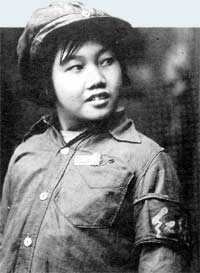
“When the Cultural Revolution reached my school in 1966 I was 14. In the beginning, classes were interrupted from time to time; the teachers began to get worried and did not know what to do. Then, overnight, wall posters appeared everywhere. We all took it for granted that the senior students wrote the posters and that the only thing we could do was admire them.
Most of the posters were just empty slogans but one depicted our geology teacher as a ‘dirty bourgeois intellectual’ …
Then, following the example of the students in Beijing, we formed an ‘Organization of Red Guards’. Everybody wanted to join the Red Guards because nobody wanted to be ‘unqualified’, ‘backward’ and ‘non-revolutionary’. I was one of the first to join because, being from a poor peasant’s family, my background was supposed to be ‘clear’. We all enjoyed having no classes and degrading the teachers.
‘The teacher takes the student as the enemy and uses examinations as weapons to attack the student’ – the fact that it was Chairman Mao who had said this meant a great deal.”
Grisly fate awaited those who refused to join the rebellious activities. One eyewitness recounts how, together with a few good friends, he decided to be a mere onlooker. They were later labelled as an anti-revolution clique. They were isolated, beaten, and forced to confess. The beating got so bad that he jumped off of the building hoping to kill himself. While a friend succeeded in killing himself, he himself failed, and ended up in a hospital with pus and maggots coming in and out of his foot, as physicians refused to properly tend to his wounds.
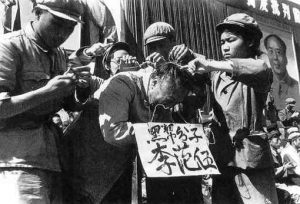
The Cultural Revolution resulted to a million people killed or driven to suicide. Mao Zedong unleashed the youth on Chinese society. Schools closed. Factory production and farm operations stopped. Countless people, mostly the educated ones, were branded as class enemies and were tortured and driven to suicide as they were humiliated and tormented in public “struggle sessions”. Objects associated with the country’s pre-revolutionary past were to be destroyed. Buddhist temples, mosques, and churches were razed to the ground or used for other purposes. Artwork, religious statues, historical relics, sacred texts, and Confucian writings were destroyed or burned. The supposed goal was to rid China of “the Four Olds”: old customs, old culture, old habits, and old ideas. A key motive behind all the mayhem though was Mao Zedong’s determination to purge people or values that weakened his grasp to power or that threatened his continued rule.
Much like that of Soviet Union’s Josef Stalin, a personality cult sprung up around Mao Zedong that was further strengthened by the wide circulation of his famous “Little Red Book” of Mao’s quotations. Such was his pull that the then 16-year-old Zhang Hongbing went as far as to denounce his own mother for criticizing the revered Chairman Mao. His father joined him in his accusations against his mother. As a result, his mother was beaten, bound, made to kneel before the crowds, then shot to death. Four decades on, Zhang is nursing his guilt and is seeking atonement by telling the story of his mother, Fang Zhongmou.
“My mother, father and I were all devoured by the Cultural Revolution. [It] was a catastrophe suffered by the Chinese nation. We must remember this painful historical lesson and never let it happen again.” – proclaims Zhang, who is now in his 60’s and a lawyer.
Adolf Hitler, Josef Stalin and Mao Zedong were charismatic leaders who enjoyed ardent support by millions of people. They were able to push for massive violence in the name of forwarding nationalism and what they perceived as a Utopian society. Millions of people answered to such call.
… Meanwhile, the Slate columnist, Michelle Goldberg, further writes that fear of a Trump presidency is not necessarily a clinical condition, but a normal human reaction of a thinking human being in 2016.
The unimaginable human-induced catastrophes mentioned above happened in the past century, mostly starting beyond the 1930’s. We are only in the early years of this century. Should we expect the same catastrophes in this modern world, in this seemingly advanced century? The answer may be up to us.
Author: Tahna de Veyra
Voracious eater. Coffee dependent. Book sniffer. Music addict. Profound thinker. Certified ambivert. Life-hungry maverick. Nonchalant realist. Hesitant blogger.
